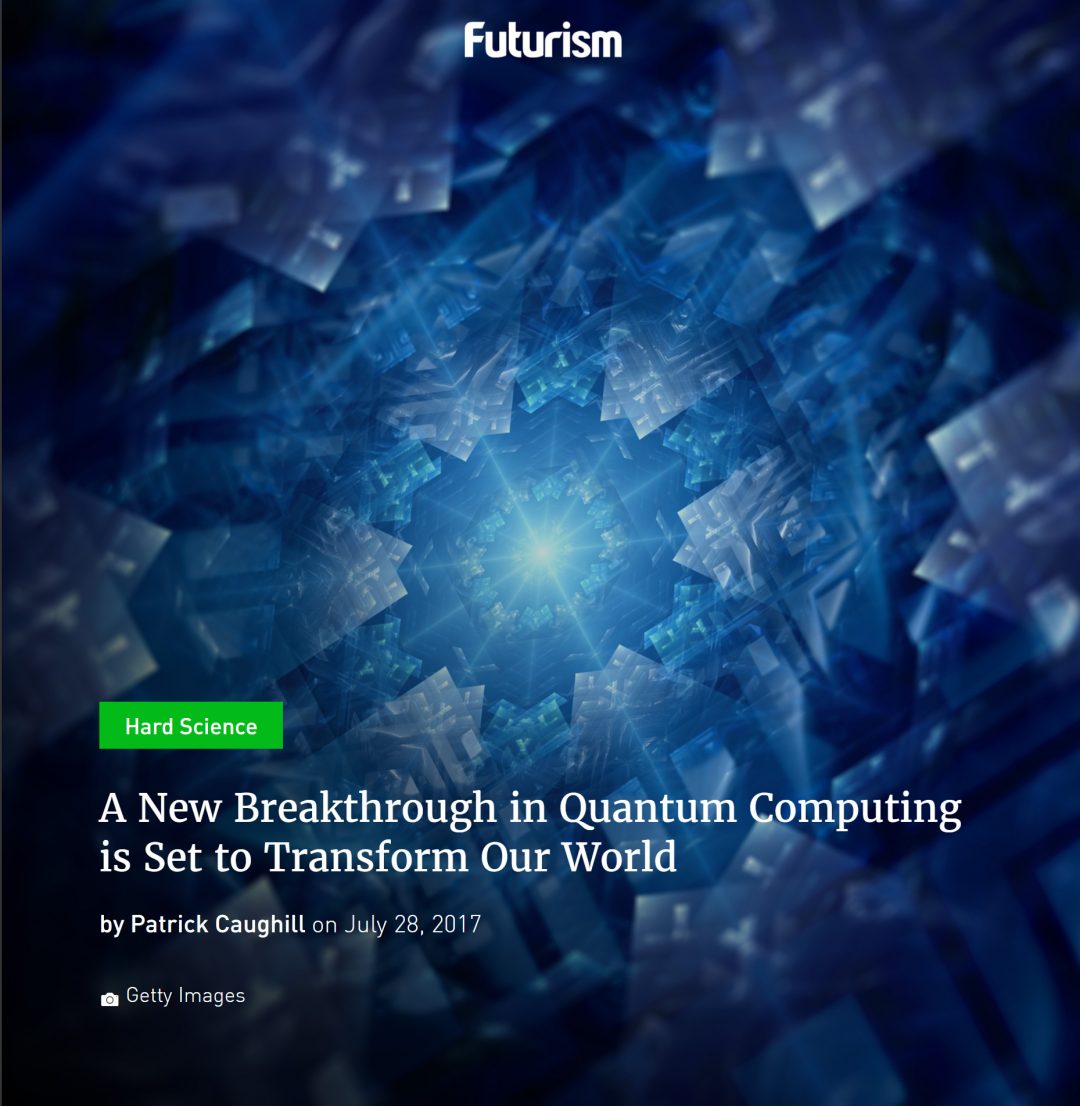Quantum computing represents a transformative paradigm shift in information technology, heralding unprecedented capabilities that may forever alter the landscape of cybersecurity. With the advent of quantum mechanics and its principles being harnessed in computational applications, the implications for data protection and encryption standards are profound. This discussion aims to elucidate how quantum computing will change cybersecurity, delineating the multifaceted ramifications across various domains, including cryptographic methodologies, vulnerability assessments, and the overall integrity of information systems.
To begin with, it is imperative to comprehend the fundamental operational differences between classical and quantum computing. Classical computers employ bits as the smallest unit of information—each bit classified as either a ‘0’ or a ‘1’. Conversely, quantum computers utilize quantum bits, or qubits, which can simultaneously exist in multiple states due to the principles of superposition. This attribute enables quantum computers to process vast amounts of data concurrently, thereby exponentially increasing their computational power relative to classical counterparts. As a result, tasks that would require millennia for classical systems could potentially be executed in mere seconds on quantum machines.
One of the most alarming implications of quantum computing for cybersecurity lies in its potential to undermine existing cryptographic protocols. Traditional encryption methods, such as RSA and ECC (Elliptic Curve Cryptography), are predicated on the computational difficulty of certain mathematical problems, such as factorization and discrete logarithms. However, quantum algorithms—most notably Shor’s Algorithm—exhibit the capability of solving these problems with remarkable efficiency; in essence, what was once regarded as secure could be rendered obsolete in a matter of moments. The immediate concern arises from the reality that sensitive data, such as financial transactions and personal communications, could be intercepted and decrypted with relative ease, evoking a paradigm of catastrophic breach scenarios.
Yet, the threat posed by quantum computing extends beyond mere decryption. As quantum machines proliferate and become more accessible, the cybersecurity landscape will require an urgent pivot towards quantum-resistant security measures. This necessity has engendered the emergence of post-quantum cryptography—an evolving field dedicated to the development of cryptographic algorithms resilient to quantum attacks. Such algorithms leverage mathematical structures that do not succumb to the threats posed by Shor’s Algorithm and similar quantum methodologies. Frameworks such as lattice-based, hash-based, and code-based cryptography are being actively researched and implemented to safeguard data integrity and confidentiality against future quantum adversaries.
An overarching challenge in this transition is the lag in the adoption of new cryptographic standards by organizations worldwide. The inertia in emplacing post-quantum cryptography stems from several factors, including regulatory hurdles, compatibility issues with existing infrastructures, and the costs associated with overhauling legacy systems. Cybersecurity professionals face the daunting task of anticipating quantum capabilities that remain theoretical, simultaneously mitigating risks that are already manifesting in the current digital landscape. Consequently, a comprehensive risk assessment and transition strategy must be developed, particularly for industries relying heavily on secure transactions, such as finance, healthcare, and government.
From the perspective of threat modeling and vulnerability assessments, the onset of quantum computing precipitates a significant reevaluation of risk vectors. Cybersecurity professionals must account for not only traditional vulnerabilities but also the unique aspects introduced by quantum technologies. For instance, quantum communication methods, such as Quantum Key Distribution (QKD), offer inherently secure communication channels based on the principles of quantum mechanics. These systems rely on quantum entanglement and the photonic transmission of qubits to establish secure keys between parties; any eavesdropping attempts would disrupt the quantum state and thus be detectable. However, this nascent technology also necessitates careful scrutiny, as it may introduce new vulnerabilities and challenges in real-world implementations.
Furthermore, the rise of quantum computing will likely catalyze a reassessment of regulatory and governance frameworks surrounding cybersecurity. Governments and international bodies will be pressed to devise comprehensive policies that account for the intricate interplay between quantum technologies and data protection. Legal standards must evolve in tandem with technological advancements to ensure robust safeguards against a new breed of cyber threats. The establishment of norms and protocols governing the ethical use of quantum computing will also be paramount, potentially leading to discussions surrounding the geopolitical implications of quantum technology in cybersecurity warfare.
In summary, quantum computing is poised to revolutionize the cybersecurity domain, reshaping the manner in which data is protected, transmitted, and verified. The vulnerabilities inherent in classical cryptographic systems, coupled with the rapid evolution of quantum technologies, necessitate a proactive and anticipatory approach within the field of cybersecurity. As organizations scramble to implement post-quantum cryptography and reevaluate their risk management strategies, it is evident that the future of cybersecurity will be inexorably linked to quantum advancements. By scrutinizing the duality of threat and opportunity presented by quantum computing, stakeholders can better prepare for a future where quantum dominance could dictate the parameters of digital security, ensuring a resilient information ecosystem remains intact.












